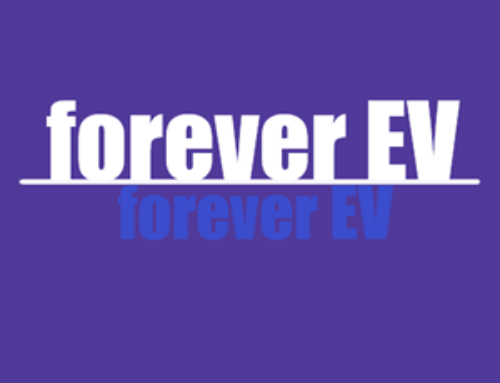Researchers at the Pacific Northwest National Laboratory in Richland, Washington have produced magnets that can separate lithium and other metals from water. This approach has the potential to allow companies to affordably gather lithium from sources like the brine used in geothermal power systems and the waste water left over from use by industry.
The lab has developed a magnetic “nanoparticle” that binds to the materials the user is trying to extract from a liquid. Then, as the liquid passes over a magnetic field, the nanoparticle, which is now latched onto the desired material—usually lithium—gets pulled out.
Here’s the back-of-the-envelope math: Based on an estimate of 1 trillion gallons of produced water in the United States and an average of 9 parts per million of lithium in that water, the lab’s system has the technical potential to be used to recover 34,000 tons of lithium per year, which is several multiples of current U.S. production, Liu said.
Source link:

